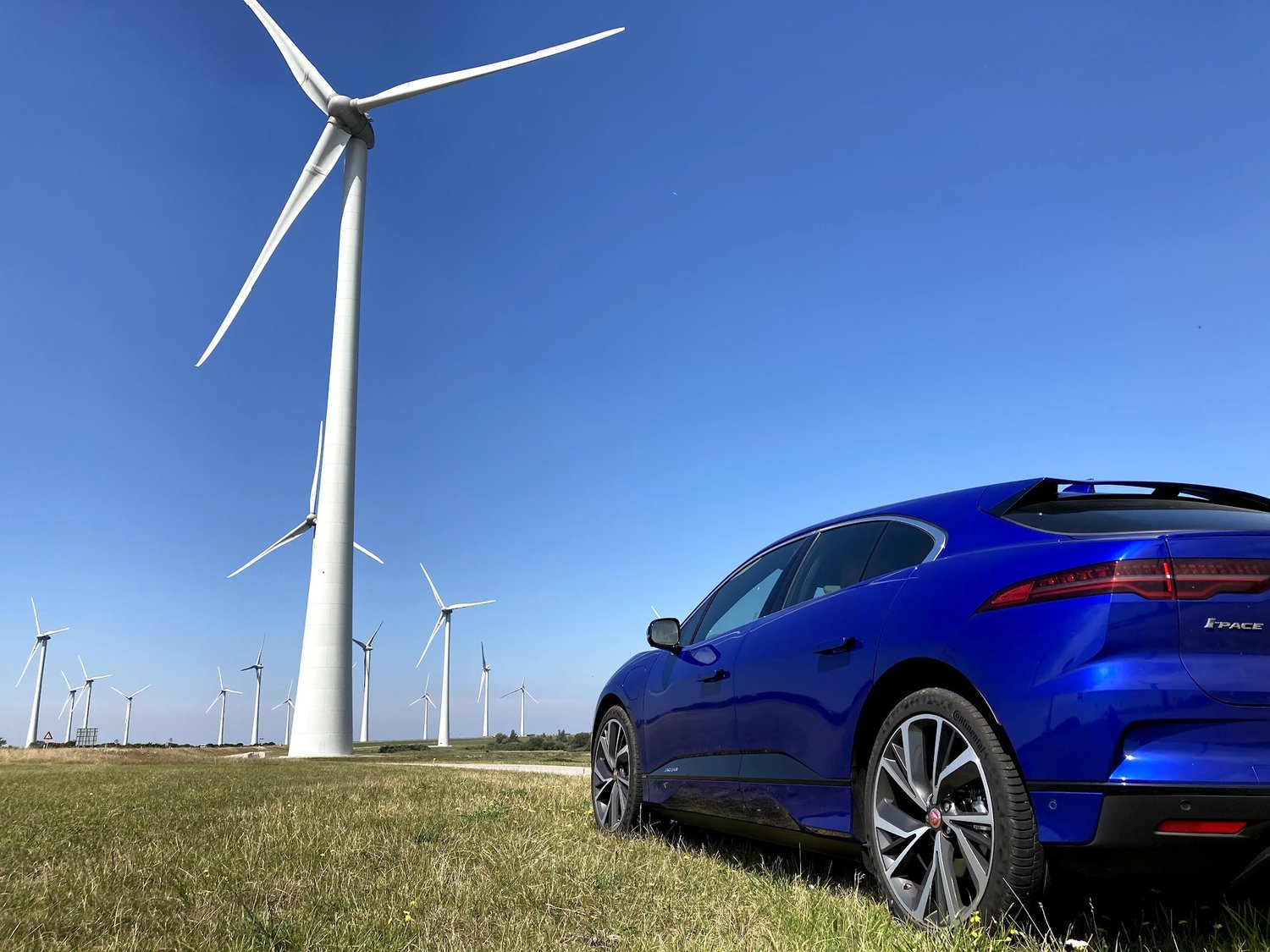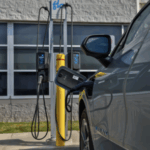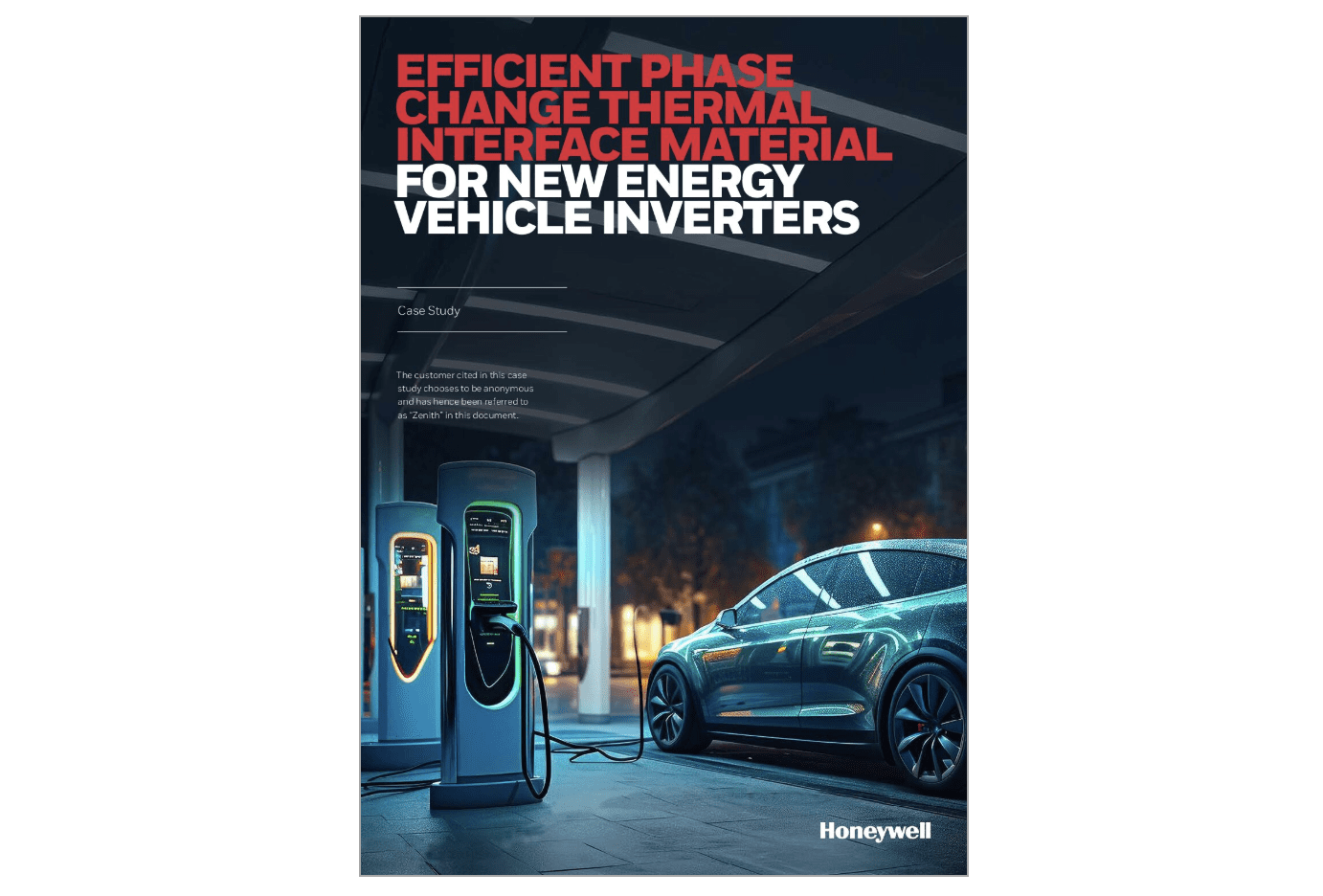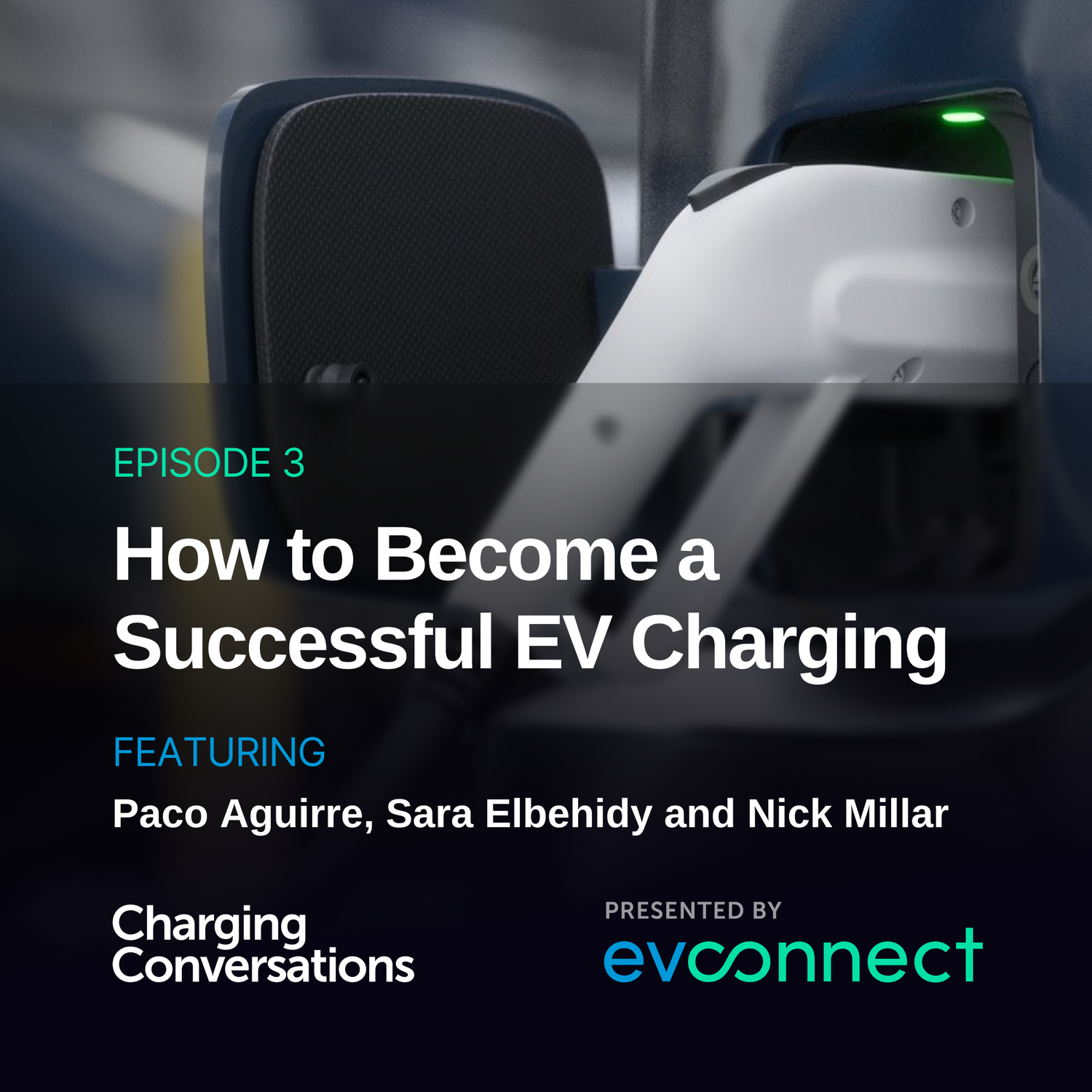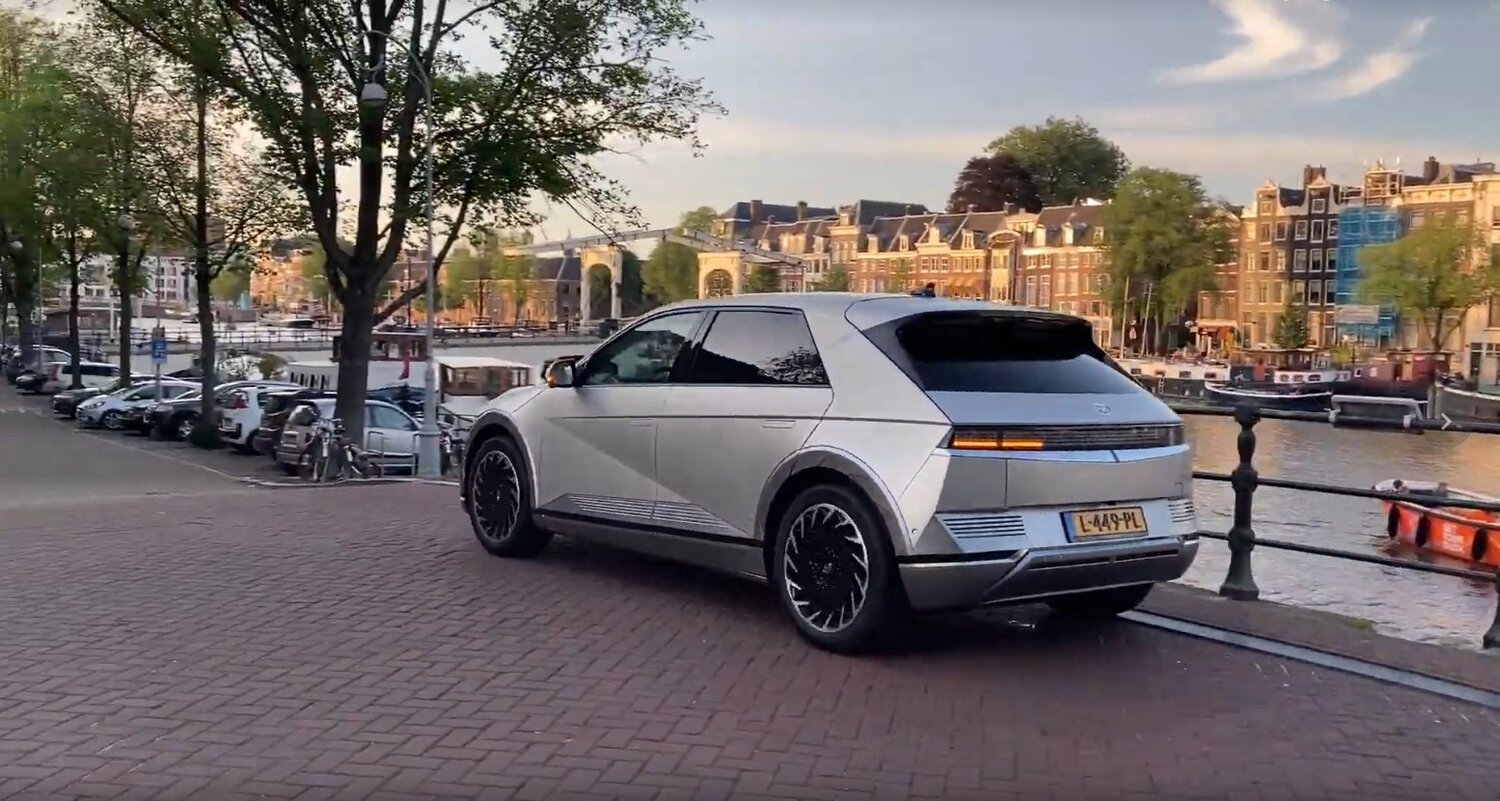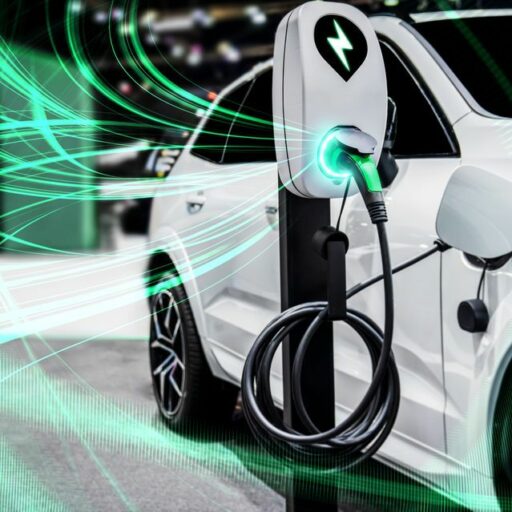
Where does the electricity come from and how much do we need?
To power a fleet of 100% electric cars (assuming the identical fleet size as today), we need about 132 TWh of electricity.
Annual electricity production in Germany is currently around 520-550 TWh. That means we need about 24-25% more electricity to power all cars electrically.
Ideally, of course, this electricity will come from renewable sources, although of course it will be out of the electricity mix for the next few years.
This is made up of wind power, coal, gas, solar/PV, hydropower, biomass, etc. and was 51% renewable in the first half of 2022!
Incidentally, the fact that the electricity mix still includes fossil energy is not a contradiction. Even with today’s electricity mix, the electric car is about 50% lower in CO2 emissions over its life cycle than the combustion engine (including production, of course).
But let’s take a concrete example. The “ampel coalition” government has set itself the target of 15 million electric cars on the roads by 2030. In 2030, these will require about 41 TWh of electricity, which is about 8% more than today.
This shows quite clearly that this is of course a challenge, but not an impossibility. By comparison, the same CO2 savings from eFuels would require about 35% more electricity by 2030, instead of 8%.
So we need to produce about 1% more electricity for electric cars per year (and build up renewable energy capacity).
Conclusion
Of all the options, the electric car has by far the lowest electricity demand, and is therefore the “smallest” challenge in terms of securing the electricity supply.
The ramp-up of renewable energies goes hand in hand with the ramp-up of e-mobility. The vehicles are becoming CO2-poorer every year in parallel with the electricity mix!
Text: Léon Zippel, on Twitter.
